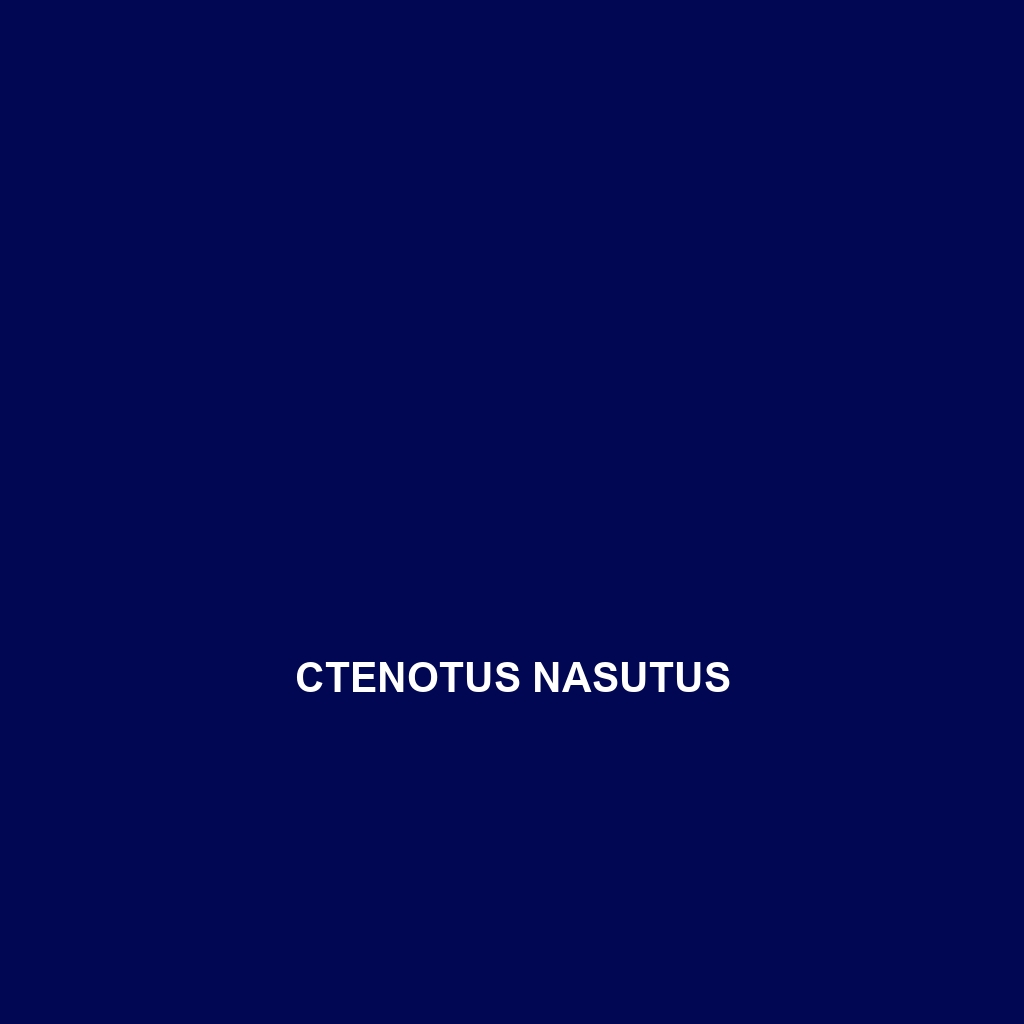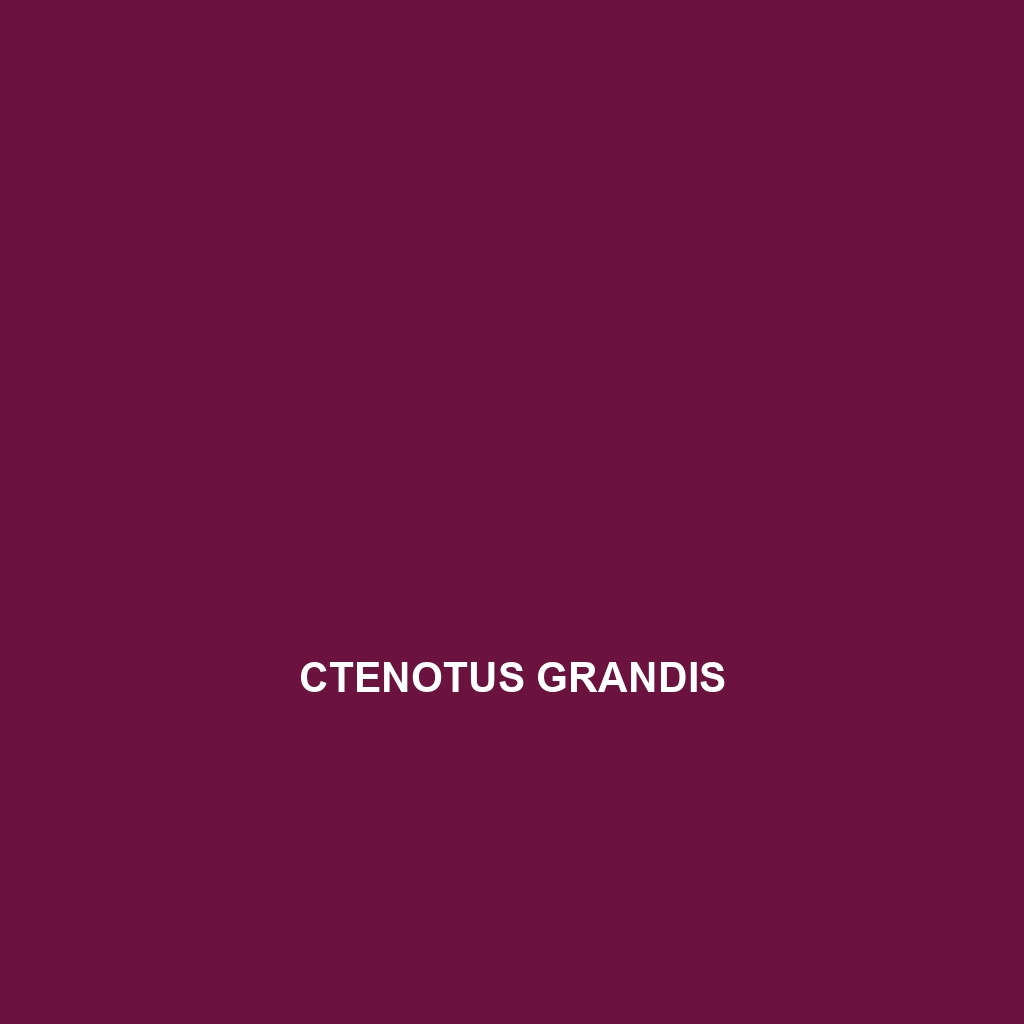Discover the Ctenotus rawlinsoni, also known as Rawlinson's Ctenotus, a medium-sized skink native to central Australia's arid regions. With its striking coloration, agile behavior, and vital role in controlling insect populations, this diurnal species showcases remarkable adaptability and resilience in diverse habitats.</p>
Tag: reptile habitat
Ctenotus nasutus
Discover the Ctenotus nasutus, or nosed skink, a small, agile skink native to Australia's arid regions, renowned for its distinctive coloration, diurnal habits, and insectivorous diet. With a unique ability to thrive in harsh environments, this species plays a crucial role in maintaining ecological balance within its habitat.
Ctenotus mastigura
Ctenotus mastigura is a medium-sized skink native to the arid regions of Australia, recognized for its striking brown, grey, and yellow coloration, agile movement, and insectivorous diet. This resilient species plays a vital role in its ecosystem by controlling insect populations and serving as prey for larger animals.</p>
Ctenotus leae
Ctenotus leae, commonly known as the Leaf Skink, is a slender, agile lizard native to Australia’s arid regions, characterized by its smooth scales, pale stripes, and a diet primarily consisting of small insects. This diurnal skink plays a crucial role in its ecosystem by controlling pest populations and serving as prey for larger predators.
Ctenotus inornatus
Introducing the Ctenotus inornatus, or unornamented skink, a diurnal species native to semi-arid regions of southeastern Australia. This slender, agile skink thrives in open grasslands and woodlands, preying on small insects while playing a crucial role in its ecosystem.
Ctenotus hebetior
Ctenotus hebetior, commonly known as the hebetor skink, is a medium-sized skink native to arid regions of central and western Australia, characterized by its distinct brown and gray coloration and an agile, diurnal behavior. This resilient species plays a crucial role in maintaining ecological balance by preying on insects while also serving as prey for larger predators.
Ctenotus grandis
Discover the Ctenotus grandis, or great skink, a medium-sized reptile thriving in central Australia's arid regions, featuring distinctive greyish-brown coloration with dark stripes and an insectivorous diet that plays a vital role in maintaining ecological balance. Known for its impressive agility and burrowing behavior, this skink exhibits fascinating social interactions and reproduction patterns, making it a unique subject for herpetological studies.
Ctenotus eurydice
Ctenotus eurydice, a small to medium-sized skink native to the arid regions of central Australia, features a slender body with smooth, shiny scales, and is primarily insectivorous. Active during the day, this species plays a vital role in controlling insect populations while adapting remarkably to its harsh environment.
Ctenotus decaneurus
Ctenotus decaneurus, a medium-sized skink native to arid regions of inland Australia, is distinguished by its elongated body, smooth scales, and light brown to dark tan coloration with stripes. Active during the day, this insectivorous species plays a crucial role in its ecosystem by regulating insect populations and serves as a prey source for larger predators.
Ctenotus coggeri
Introducing the Ctenotus coggeri, also known as Cogger's skink, a medium-sized skink found in arid regions of Australia, known for its distinctive light brown to grey coloration and diurnal behavior. This agile predator plays a vital role in its ecosystem by controlling insect populations and is recognized for its remarkable adaptability to harsh environmental conditions.









